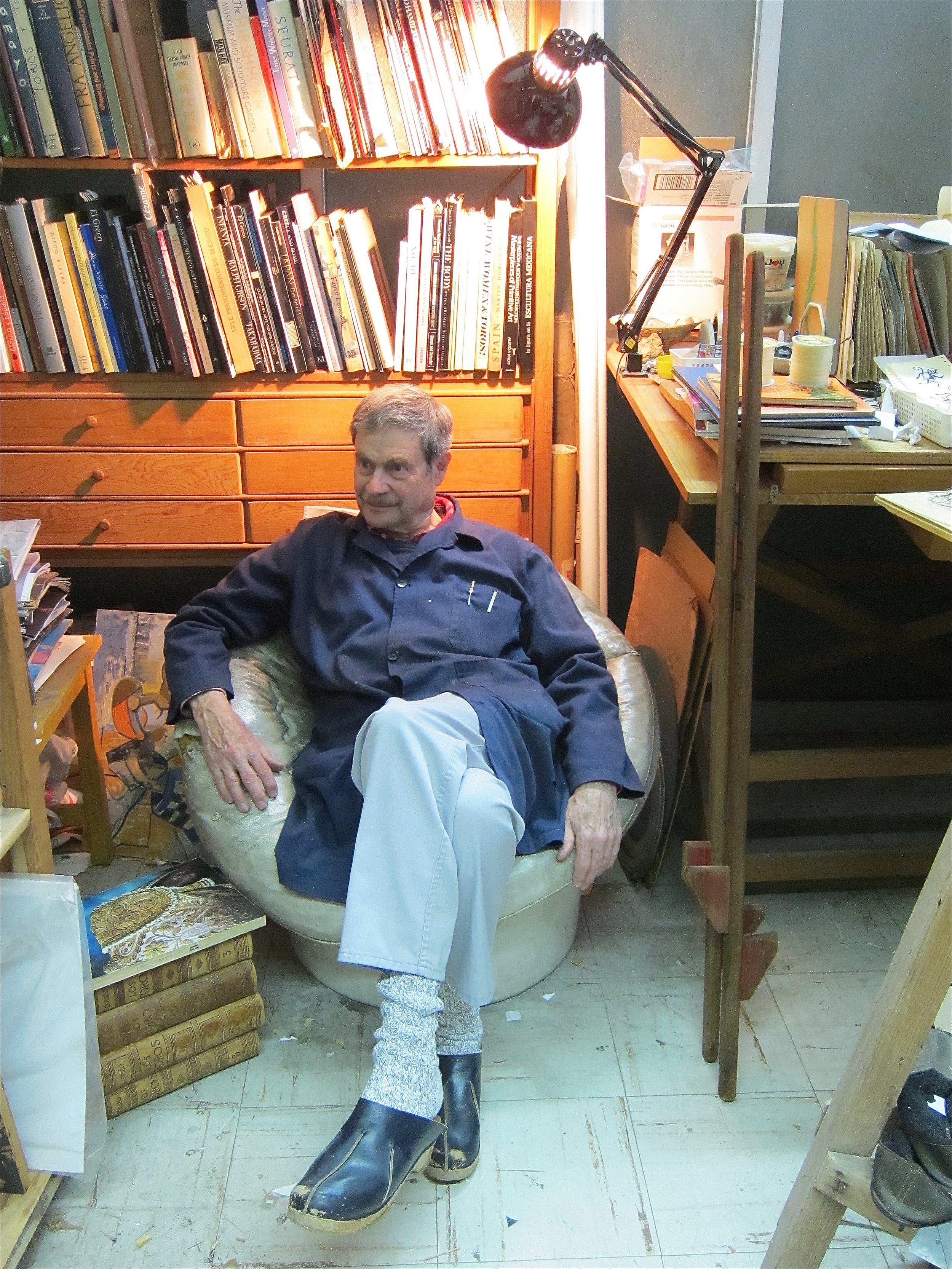Luis Stephens was born in Mexico City on May 21, 1938.
Throughout his childhood during the 1940’s his parent’s involvement in the arts and their friendships with many of Mexico’s leading cultural figures in the visual arts, music, theatre and in bullfighting created a vibrant environment that stimulated his own artistic sensitivity. Stephens’ mother, Annette Nancarrow, arrived in Mexico in the 1930’s and studied painting at the San Carlos Academy under the tutelage of Manuel Rodriguez Lozano. Shortly thereafter, she worked with Jose Clemente Orozco as an assistant on one of his murals. As a painter, sculptor and jewelry designer she came to know many of Mexico’s prominent artists. In 1944 Orozco painted her portrait. This painting was included in an exhibit called “Thirty Centuries of Mexican Art,” which toured internationally. Later, Jesus Guerrero Galvan, Federico Cantu and Pedro Friedeberg also painted portraits of her. Stephens’ father, in addition to being a businessman and athlete, was also a lover of the arts. He was among the few foreigners who learned to play jai alai in Mexico. In 1943, Diego Rivera painted his portrait as a jai alai player. Following his father’s example, Stephens formed part of the Mexican National Fencing Team in 1972 and participated in the XX Olympic Games in Munich, Germany.
Inspired by his mother Stephens began to draw and paint while still a young boy. After graduating from Columbia College in economics he returned to Mexico to work with his father. Four years later when Stephens was 28 his father died. Stephens then assumed responsibility for the family businesses. Notwithstanding this task, Stephens decided to devote one day per week to painting. To gain proficiency he organized a weekly evening class with Maxwell Gordon, an American painter living in Mexico City. Because of these classes, which extended over an eight-year period, Stephens improved his skills and perfected his oil painting technique. Since that time he has religiously devoted every Wednesday to painting and, additionally, whenever else he can steal away to his studio.
Luis Stephens’ process with each painting is deliberate and exacting. His paintings show realistic figures placed in an unrealistic setting with an emphasis on the spatial component between objects and forms. This technique gives the impression that there are separately composed planes suspended in space. Stephens gives value to the abstract qualities in each work and whether or not a painting is a simple one or a busy one, it is precisely these abstract qualities that give each painting its visual impact. Because Stephens’ schedule is limited and his work process is slow his production has been limited. It would be safe to say that during an over 50-year span he has completed only about 115 works, including paintings and sculptures. Stephens paints because of his personal need for self-expression.
Luis Stephens resides in Mexico City with his wife Karen. He has five children, all of whom are interested in the arts. At age 84, encouraged by friends and family, Stephens was persuaded that his creative output should become known and seen.
